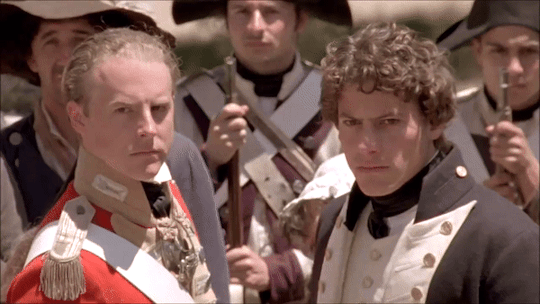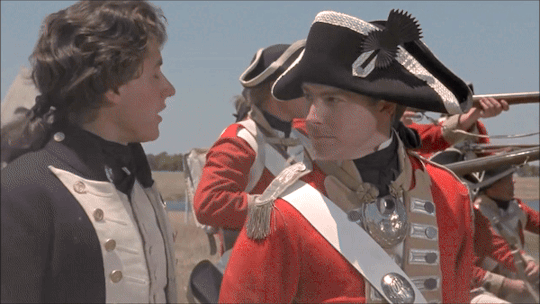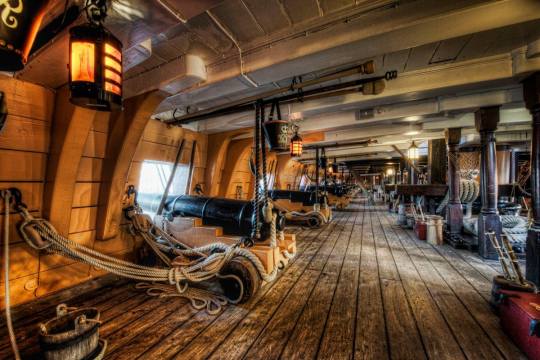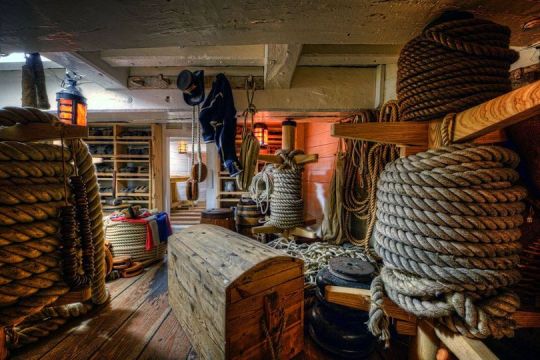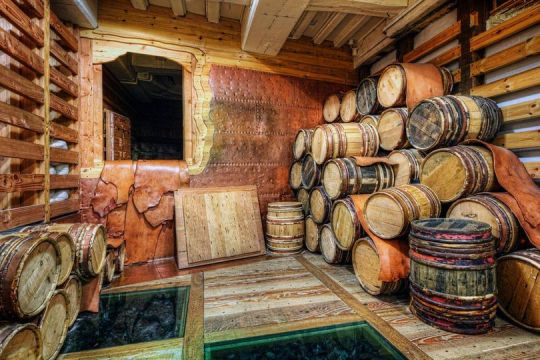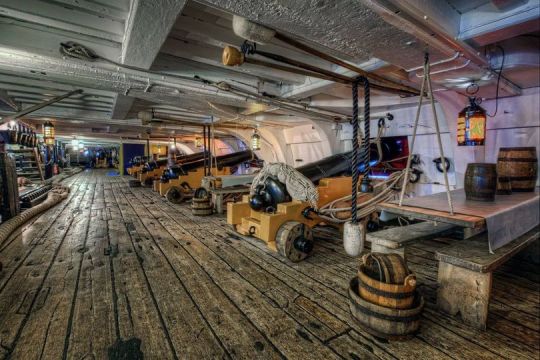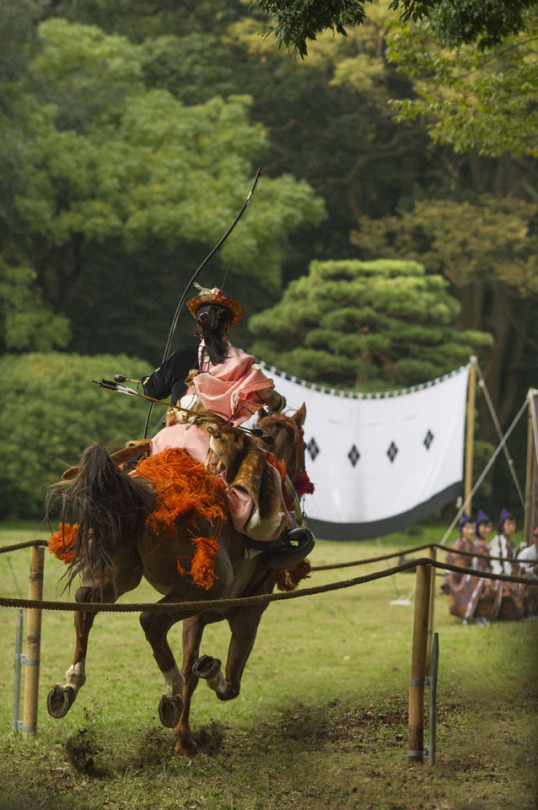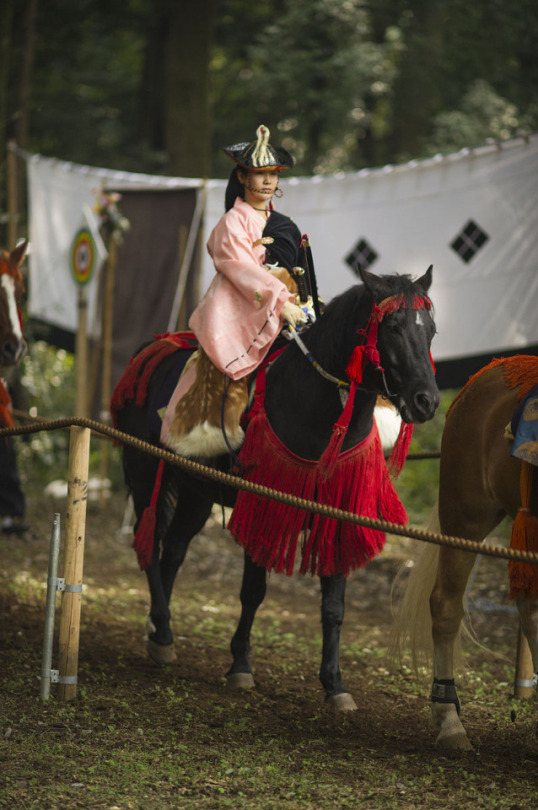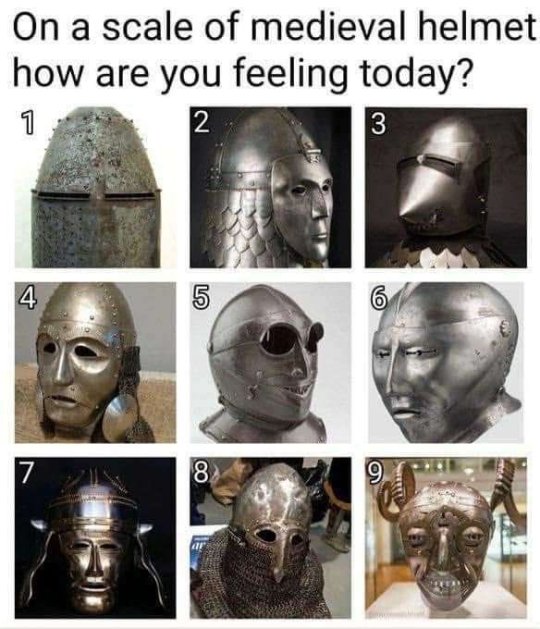Text

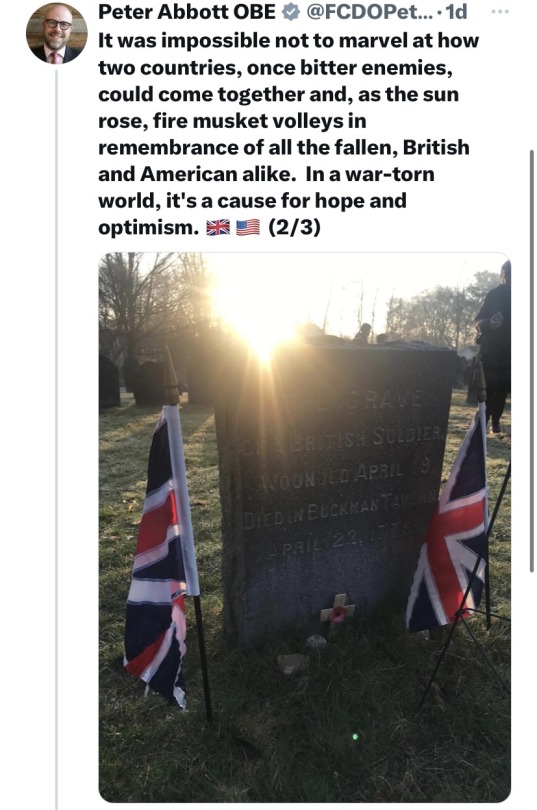

Shoutout to the British Consul-General in New England mucking in with the reenactors and helping keep history alive.
#history#british army#military history#18th century#american revolution#redcoat#american war of independence#revwar#redcoats
21 notes
·
View notes
Text


Digging these eighteenth-century highlander reenactors from an event in Georgia earlier this year. Not all perfect (how many reenactors can claim they are anyway?) but overall better fare than Hollywood's "big beards and open shirts and drab tartans."
#scotland#scottish#highlander#highlanders#18th century#reenactment#history#scottish history#tartan#kilt#kilts
118 notes
·
View notes
Text

April 12th 1782 - the battle of the Saintes, the largest naval action of the American Revolution. Fought six months after the surrender at Yorktown, it marked the defeat of a Franco-Spanish invasion of Jamaica and shifted the global strategic initiative into more favourable territory for Britain as peace talks began in earnest.
#history#military history#18th century#american revolution#american war of independence#revwar#Saintes#battle of the Saintes#Royal Navy#tall ships#age of sail
18 notes
·
View notes
Text
American Revolution - World War

The Battle of the Saintes, April 12th 1782.
As the birthplace of the world’s reigning superpower, it’s hardly surprising that 99% of studies regarding the American Revolution focus on North America itself. Such a perspective fails, however, to teach the full history of one of the first world wars. Although most Americans are aware that France was instrumental in their final victory over Great Britain, few understand just how truly global the conflict became after 1777.
Shift the focus to Britain immediately prior to the battle of Saratoga. The British public, and indeed much of its government, was utterly uninspired by the fighting in the Thirteen Colonies. Unlike previous wars with European enemies such as France and Spain, there was little national fervor or militaristic patriotism. Most viewed the conflict as an unnecessary civil war, and while actual sympathy for the American revolutionaries was low, many Britons either didn’t want a fight, or didn’t believe they could win without an unnecessarily large expenditure of resources.
The rebel victory at Saratoga changed the dimension of the war. Britain’s old enemies, France, Spain and the Dutch Republic, all sensed weakness and, within a number of years, had declared war. British opinion regarding the relevance of the fighting in America dropped even further, but now the public was galvanized by prospects of another battle for empire. The great victories of the Seven Years War were still fresh in many people’s minds.
Each of Britain’s enemies had become involved in the fighting for different reasons. The Dutch hoped to regain some of their former commercial glory, while supplying France and the American rebels. Britain declared war on the Dutch Republic in 1780, in what became known as the Fourth Anglo-Dutch War. The conflict proved to be a disaster for the Netherlands - the Royal Navy dominated the high seas, and only French intervention saved a number of Dutch colonies in both India and the Caribbean from being captured. By the war’s end the Dutch had formally ceded colonies in India to the British, along with free trade rights in the Dutch East Indies.
Spain, like France, entered the war seeking colonial expansion at the expense of an overstretched Britain. And unlike France and the Dutch, the Spanish were the only ones to end the war in an arguably stronger position. The so-called Anglo-Spanish War of 1780 - 1784 saw Spain take and hold the important British colony of Minorca, although their attempts to seize Jamaica ultimately failed. Also, they unsuccessful expended a large amount of resources attempting to recapture Gibraltar, which famously resisted during the Great Siege.
Like Spain, the French enjoyed moderate success seizing British interests in the Caribbean. However, the British offensive against France and its allies in India during the Second Anglo-Mysore War of 1780 - 1784 all-but ended the French colonial presence in India. Although the Indian Kingdom of Mysore didn’t lose any territory to the British, the French influence over them was badly shaken. Meanwhile in the Caribbean the battle of the Saintes proved to be one of the most important naval clashes of the war. A Royal Navy fleet smashed the very same French fleet which had won the Americans their victory at Yorktown a year earlier, ending the Franco-Spanish designs on British-held Jamaica. So unexpected was the defeat that some American revolutionaries considered asking Britain to recognize their independence in exchange for breaking their alliance with France. An invasion of the British channel island of Jersey was also defeated, and a Franco-Spanish plan to invade mainland Britain in 1779 was scrapped. By the war’s end, although some territory had been gained, France had almost bankrupt itself, setting the Bourbon kingdom up for a revolution of its own and the eventual end of the French royal line.
111 notes
·
View notes
Text
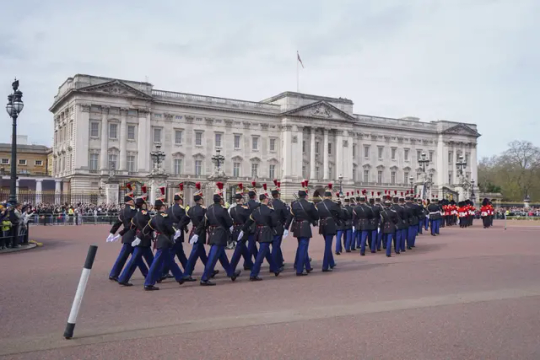




Historic scenes as soldiers from No. 7 Company Coldstream Guards joined the Garde Républicaine, outside the Élysée Palace in Paris whilst the 1st & 2nd Infantry Regiments of the Garde Républicaine were marched to Buckingham Palace by the Band of the Grenadier Guards, marking the first time a military unit from outside the Commonwealth has mounted guard at Buckingham Palace. The events were to mark 120 years since the signing of the Anglo-French alliance known as the Entente Cordial.
#france#britian#british army#french army#history#military#army#military history#paris#london#buckingham palace
87 notes
·
View notes
Text


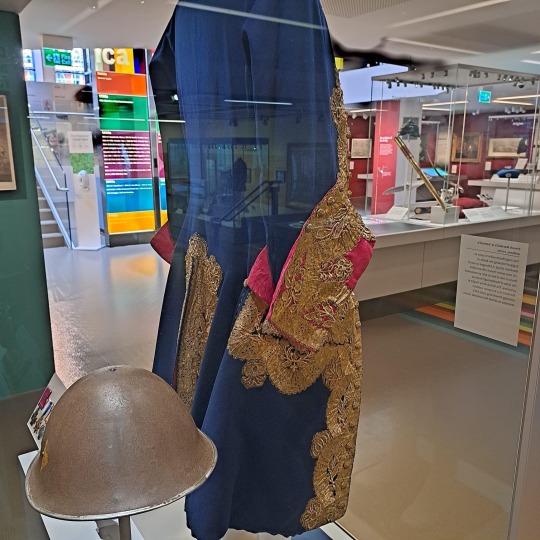
The uniform of a senior French general, captured at the battle of Blenheim in 1704 and now forming part of the exhibition at the National Army Museum.
#history#british army#french army#military history#18th century#battle of blenheim#blenheim#duke of marlborough#marlborough#war of the spanish succession#louis ix
136 notes
·
View notes
Text


At last, the superhero I've been waiting for!
18 notes
·
View notes
Text


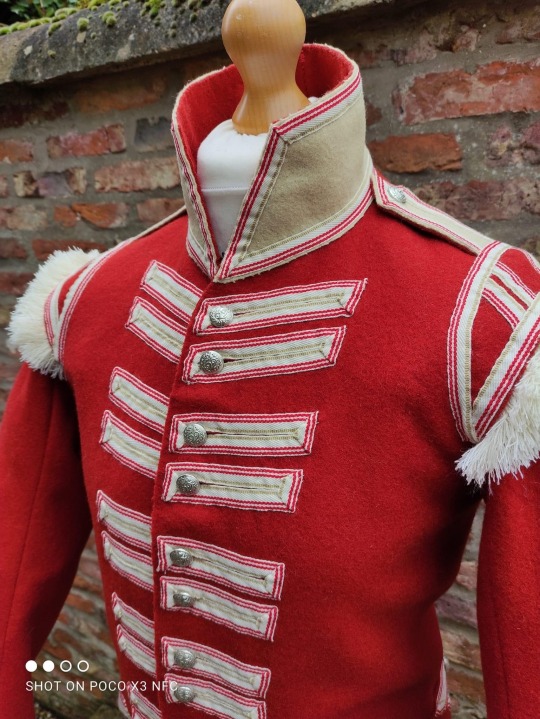
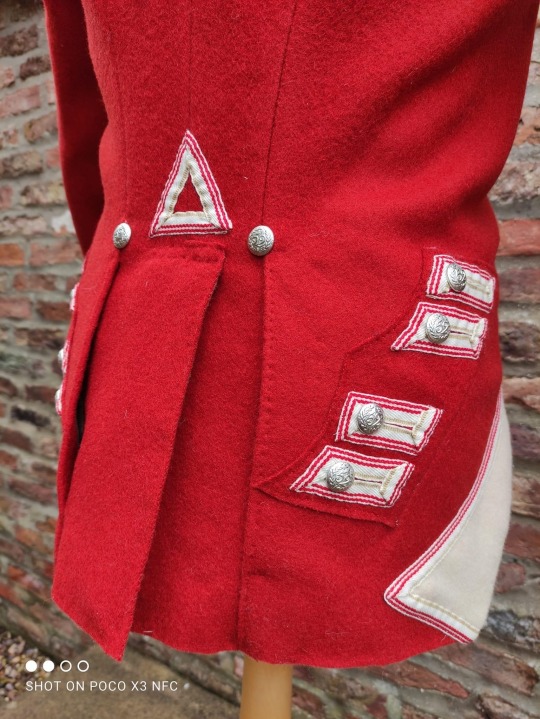
Following up on yesterday’s uniform post, a moment to appreciate the efforts of James Graves, one of the finest historical military tailors in the UK at the moment. He recently produced these two coats for the recreated Napoleonic-era 52nd Regiment. Brilliant work!
25 notes
·
View notes
Text
I am confused by the booping, also is it not longer available?
4 notes
·
View notes
Text

Thomas Dowdeswell, by Joseph Blackburn c. 1778. Dowdeswell was a Lieutenant and Captain (a ranking convention peculiar to the Brigade of Guards that I won’t get into here) in the 1st Foot Guards during the American Revolution, and this portrait shows him in the modified campaign uniform he wore in the early years of the conflict.
Superficially it follows what we might expect from an officer’s garb, but differs from standard regulations in many interesting ways. Firstly, Dowdeswell’s hat is not the cocked “tricorn” (to use the later term) that we’re used to – it’s been modified by being cut down into a small round hat, with the lace left off and only one side pinned up, plus a few feathers.
He carries a fusil and bayonet and the accoutrements that go with it – belting and a cartridge pouch, making him appear in this regard almost indistinguishable from a regular private soldier. It seems he doesn’t have a sword. He has kept his gorget and sash, but removed the gold lace from around his buttons. In fact, his regimental coat has been cut down to a jacket, with the skirts shortened.
Besides these more obvious modifications, there are many minor ones that set him apart, from the pointed design of the cuffs to the slender trim of white cord around his collar and turnbacks. It is an ensemble that doesn’t match most regulations, but fits with reality.
Officers rarely modified their uniforms wholesale during the war, but nor were they all strident followers of the 1768 regulations. The traditional rank signifiers of sash, gorget and epaulettes were sometimes present in different combinations. Not, of course, that a formal portrait necessarily denotes exactly what was worn during active service, but in Dowdeswell’s case he seems to have specifically worn his “campaign uniform.”
There are further caveats to this – the Brigade of Guards made a lot of specific uniform modifications prior to deploying to North America in 1776, but didn’t keep all of them up throughout the war. Officers dressed differently in different theatres and at different times.
But I think the Dowdeswell portrait gives a nice indication of some of the variation at play. Much of this comes from the brilliant research of Professor Gregory Urwin, who has studied and analysed hundreds of portraits of British officers from the period. For the full modifications undertaken by the Brigade of Guards in 1776, see this excellent article by William W. Burke and Linnea M. Bass https://www.military-historians.org/company/journal/guards/guards.htm 15/15
#history#british army#military history#18th century#american revolution#redcoat#american war of independence#revwar#redcoats
14 notes
·
View notes
Text
Sir Ernest Shackleton's hut from the Nimrod expedition in Antartica.
1K notes
·
View notes

